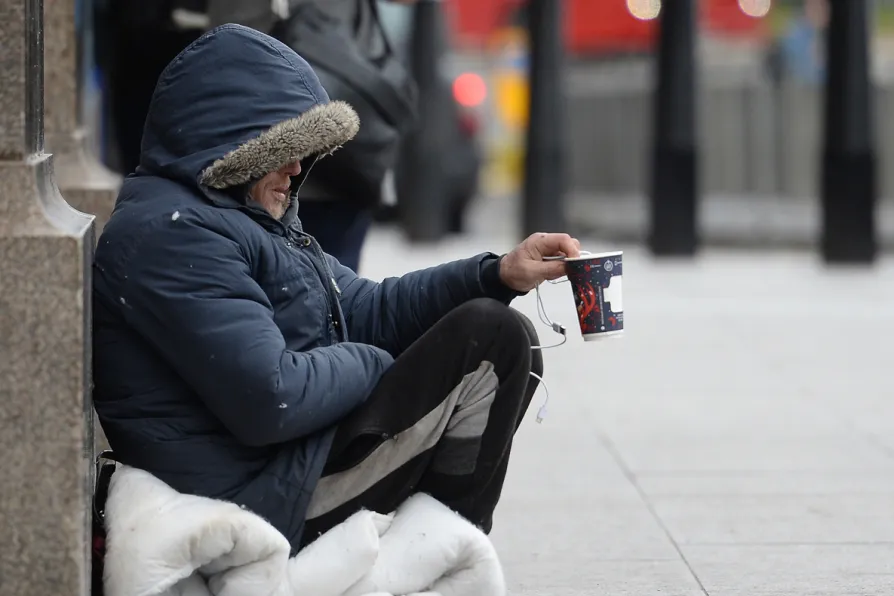

CAMPAIGNERS fear “no-fault” evictions could continue to rise, fuelling homelessness even as the government prepares to ban the practice amid spiralling rents and interest rates.
In the first three months of this year, 6,820 landlords started eviction proceedings under section 21 — known as “no-fault” evictions as the landlord does not need to provide a reason to evict the tenant.
Figures from the Ministry of Justice show that no-fault eviction claims rose by 15.8 per cent compared to the first three months of 2022 and were well above pre-pandemic levels, returning to their highest point since 2017.

Our housing crisis isn’t an accident – it’s class war, trapping millions in poverty while landlords and billionaires profit. To solve it, we need comprehensive transformation, not mere tokenistic reform, writes BECK ROBERTSON













